Mulan
Although most of us know Mulan from the Disney animated feature, she was already a legendary figure in China. Many scholars are divided on whether she was a real person or not. The Ballad of Mulan first appeared in the Musical Records of Old and New during the Southern Chen dynasty in the 6th century.

Mulan
King Arthur
While King Arthur has been a legendary British leader in many books, plays, films, and TV shows, most modern historians agree that he is an unhistorical figure. Most of the stories surrounding King Arthur come from English and Welsh folklore as well as literary invention.

King Arthur
Robin Hood
Robin Hood is the legendary outlaw that is often feature in English folklore and has been a mainstay of literature and films for many years. He is best known for his penchant for stealing from the rich in order to give to the poor. There have been numerous ongoing debates for centuries whether he existed or not, but there has never been concrete evidence for him to have existed.

Robin Hood
Confucius
While many scholars agree that philosopher and great thinker Confucius was in fact a real person, some have questioned whether or not he was real. Lionel M. Jensen, an associate professor of history and the director of Chinese studies at the University of Colorado in Denver contends that Jesuit missionaries brought the idea that Confucius was the founder of the school of thought during the 16th century.

Confucius
William Tell
William Tell is a folk story hero from Switzerland. According to legend, Tell was an expert marksman with a crossbow and was the man who killed Albrecht Gessler, a tyrant ruling in Altdorf. Many have debated whether he was a real person or not, but modern historians do not believe there is evidence that he was real.

William Tell
Sun Tzu
While the influential book The Art of War has been attributed to Sun Tzu, a legendary Chinese general, military strategist, philosopher, and writer, it is not 100% clear whether he existed or not. His historicity is still uncertain, and many have said that the book may actually be a compilation of many military leaders’ lessons.
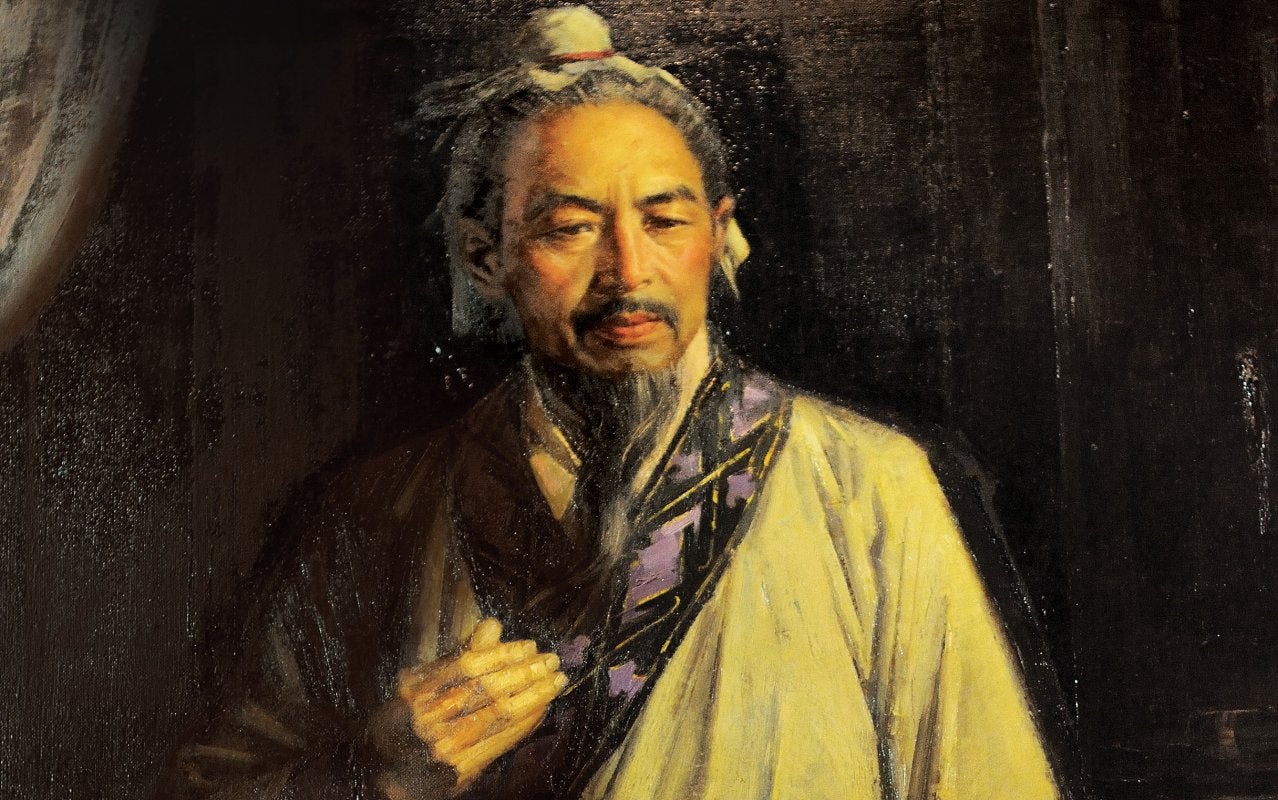
Sun Tzu
Homer
There is a great debate amongst scholars as to whether he existed or not. Those who believe he was real say he was alive during the 8th or 9th century BCE and was rom Ionia. He would have been a poet of the oral tradition, and so it is believed that the works attributed to him were definitely transcribed by others.
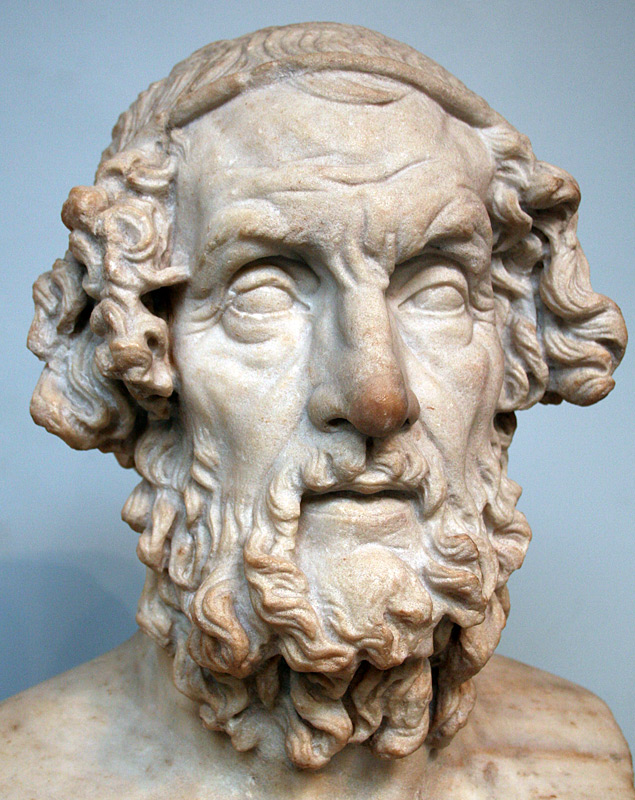
Homer
John Henry
John Henry is a folklore hero who worked as a “steel-driving man,” meaning he hammered steel into rock in order to make holes for explosives while railroad tunnels were being constructed. His story is featured in classic blues folk songs, several films, and TV shows.
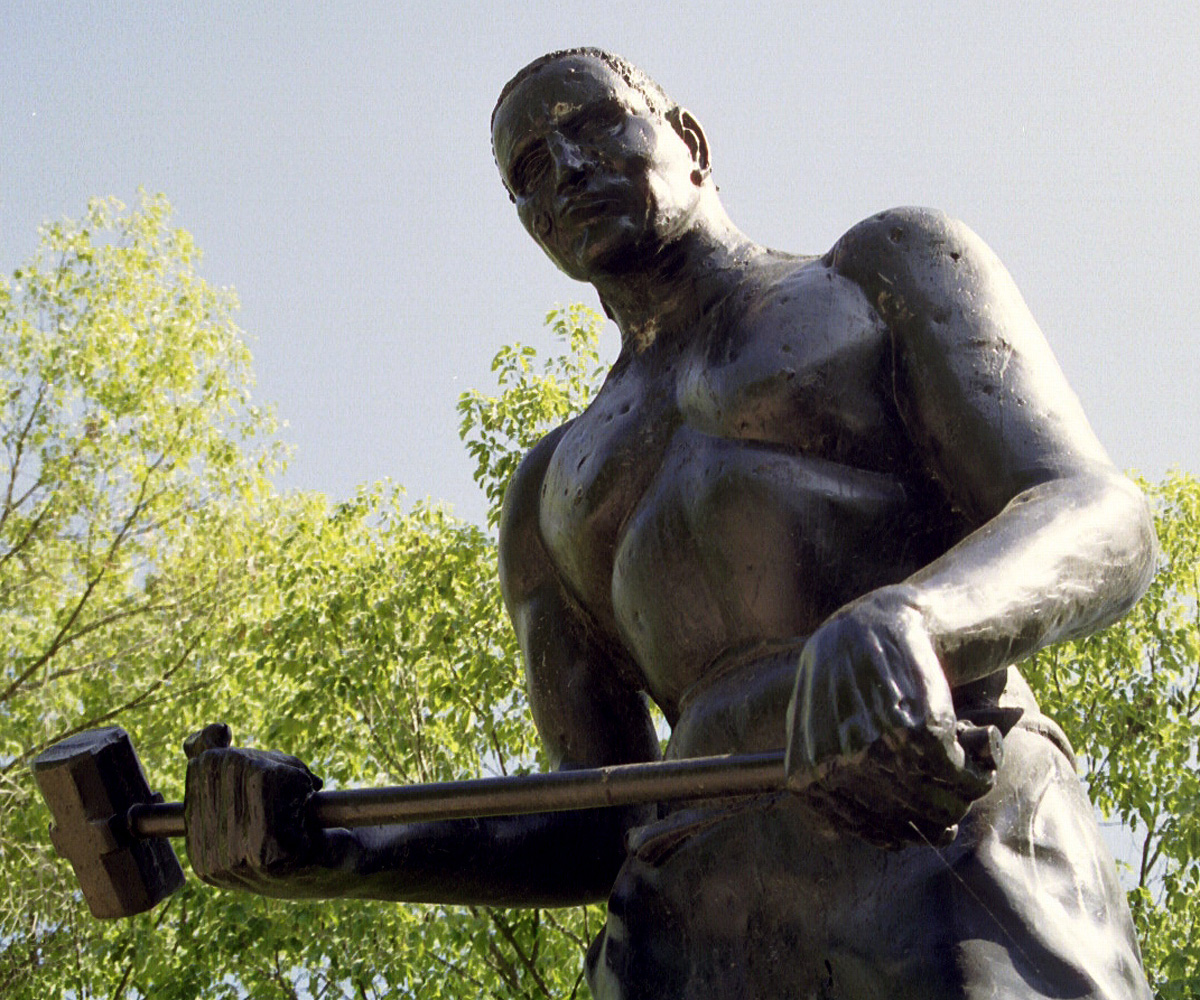
John Henry
Kunta Kinte
Kunta Kinte is a character from the 1976 book Roots: The Saga of an American Family that was later adapted into a 1977 TV miniseries that was extremely popular. In the show, the character was played by LeVar Burton. While he was probably based on a real person, Kunta Kinte himself was not a real person.
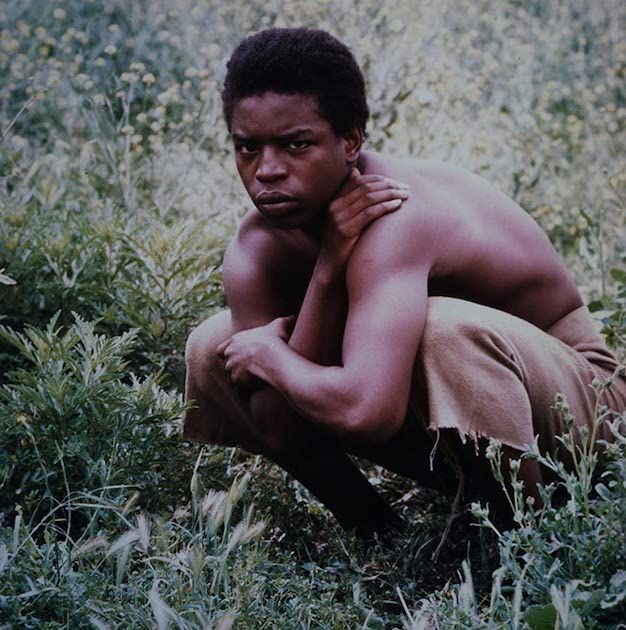
Kunta Kinte
Helen of Troy
As stated in Marlowe’s Doctor Faustus, Helen of Troy was “the face that launched a thousand ships.” Allegedly the most beautiful woman in the world, it doesn’t seem likely that she actually existed, but it merely a character in Homer’s epic poem The Illiad.

Helen Of Troy
Jesus
So this is a tricky one: most modern historians believe that Jesus actually historically existed, however many agree that it is uncertain that his portrayals in the Bible are actually accurate or historically reliable. Regardless, he is undeniably a centrally important figure in Christianity.

Jesus
King Solomon
Similar to Jesus, scholars generally agree that Solomon most likely himself existed, however scholars across the spectrum of biblical archeology agree that it is very difficult to construct a historically accurate portrayal of the king.
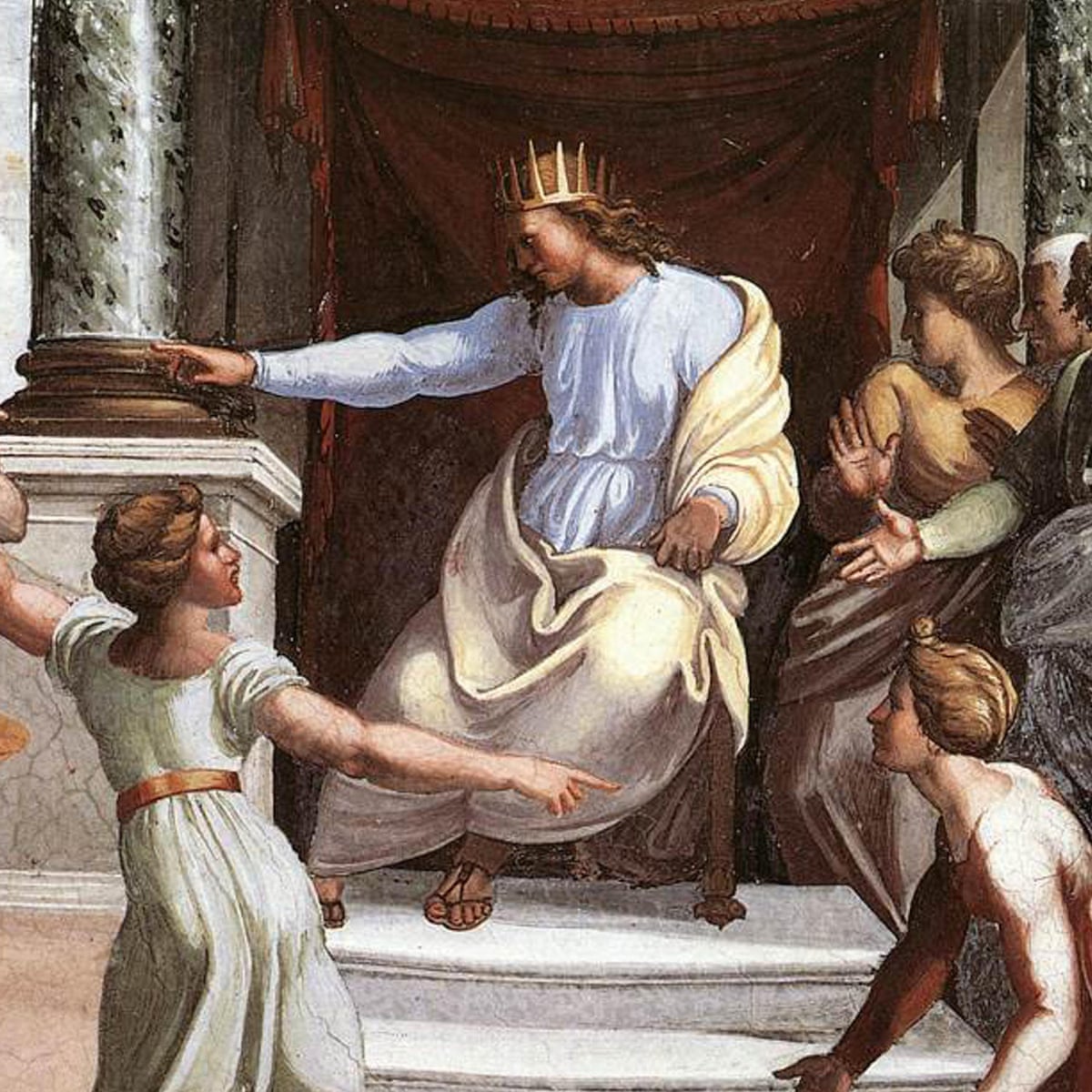
King Solomon
King Midas
Most of us have heard of King Midas who was cursed with the ability to turn anything he touched into gold, giving us the expression the Midas touch. While he most likely existed as a real king, it is highly unlikely that the story he is known for is historically accurate. It is, however, a great part of Greek mythology.
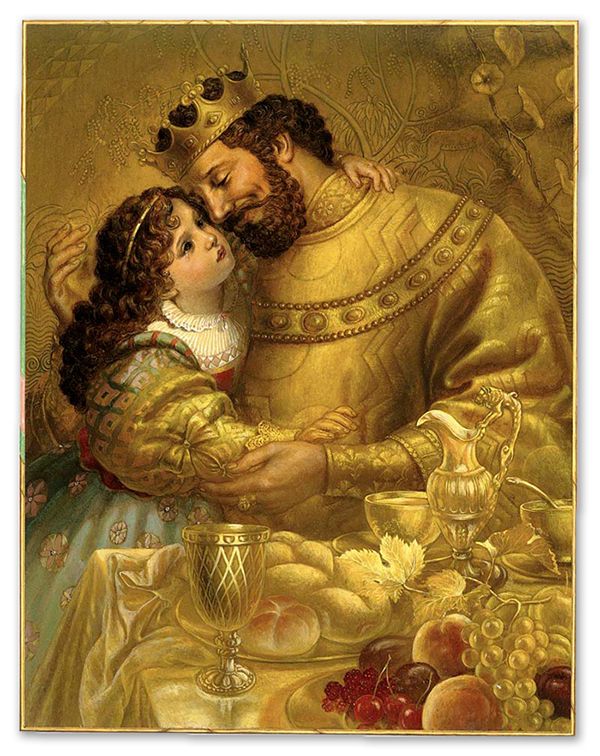
King Midas
Jack the Ripper
Jack the Ripper was an unidentified serial killer who was active in impoverished areas of London in 1888. He has never been identified, so it’s really hard to know whether all the murders attributed to him were actually committed by the same, one person. The murders remain unsolved to this day, leading many Jack the Ripper legends becoming a combination of pseudo-history, folklore, and historical research.
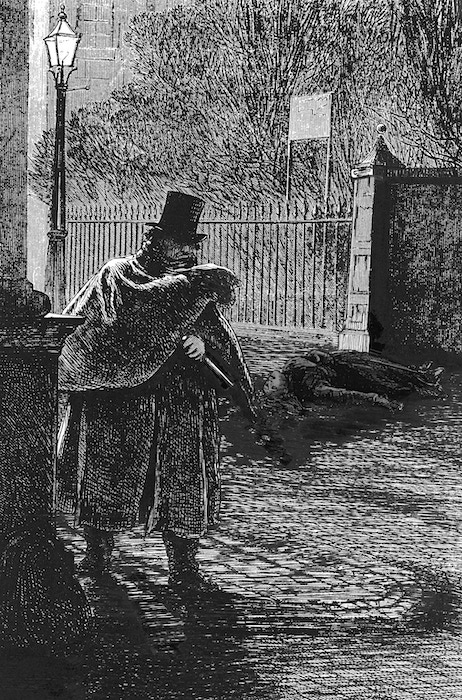
Jack The Ripper
Odysseus
Odysseus, also known by his Latin name Ulysses, is a legendary Greek king and warrior who is the central figure and hero of Homer’s The Odyssey. He also is a key figure in The Illiad. Some scholars argue that he may have actually existed, but there is no agreed upon concrete evidence to prove this.
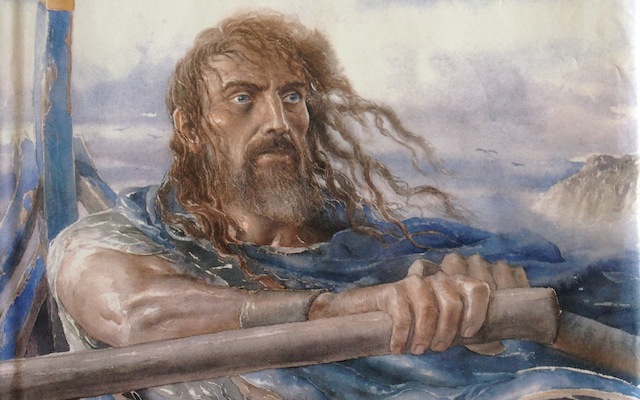
Odysseus
Pythagoras
We all learned about the Pythagorean Theorem, but who was the man behind the mathematical theorem? While scholars agree that he likely existed, his life is completely shrouded in mystery and almost nothing is known for certain about him. While many works and teachings are attributed to him, it is unclear whether he truly authored all of these works himself.
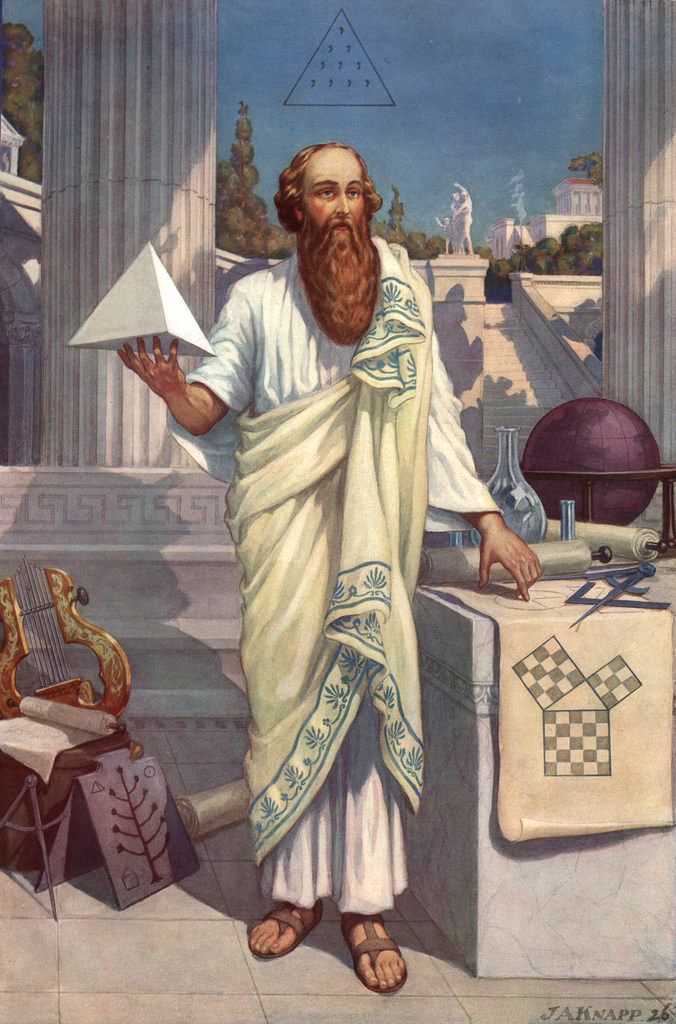
Pythagoras
Moses
Moses is one of the most important figures in Judaism, Christianity, Islam, the Baha’i faith, and many other Abrahamic religions. While scholars agree that he was likely was a real person who existed in the 13th century BCE, the Biblical character is widely seen as legendary by scholars.
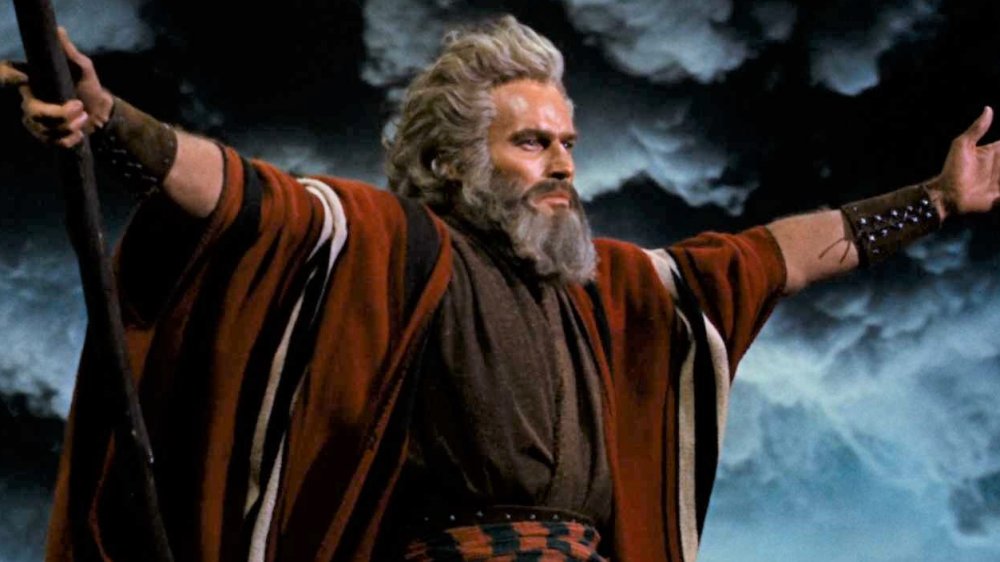
Moses
Carolyn Keene
The beloved Nancy Drew mystery series was attributed to Carolyn Keene, but did you know that this was actually a pseudonym? The stories were produced by Stratemeyer Syndicate, who hired writers like Mildred Wirt to write the manuscripts for the popular books. Sadly, they were paid just $125 per book and were forced to give up rights to the works as well as maintain confidentiality.
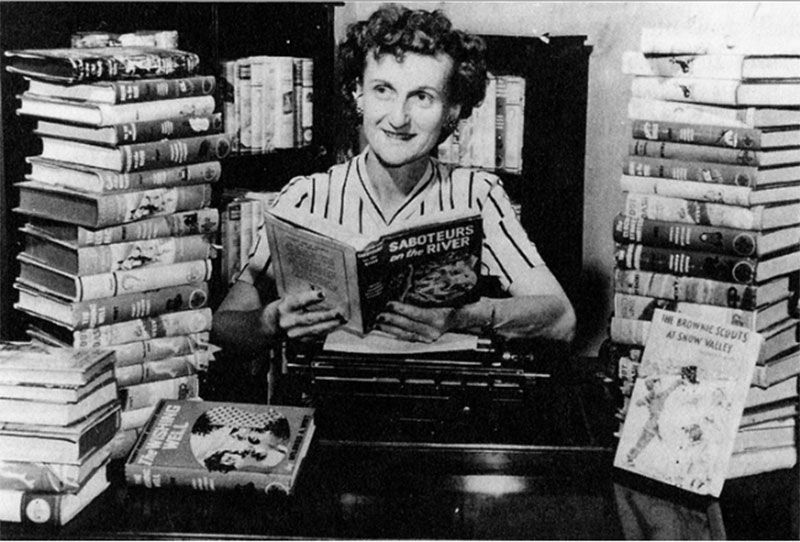
Carolyn Keene
Alan Smithee
Have you ever watched a movie that was directed by Alan Smithee? If so, you’ve just watched a movie by a film director that wanted to disown that project. Alan Smithee is the official pseudonym used for this purpose used from 1968 until it was formally discontinued in 2000.
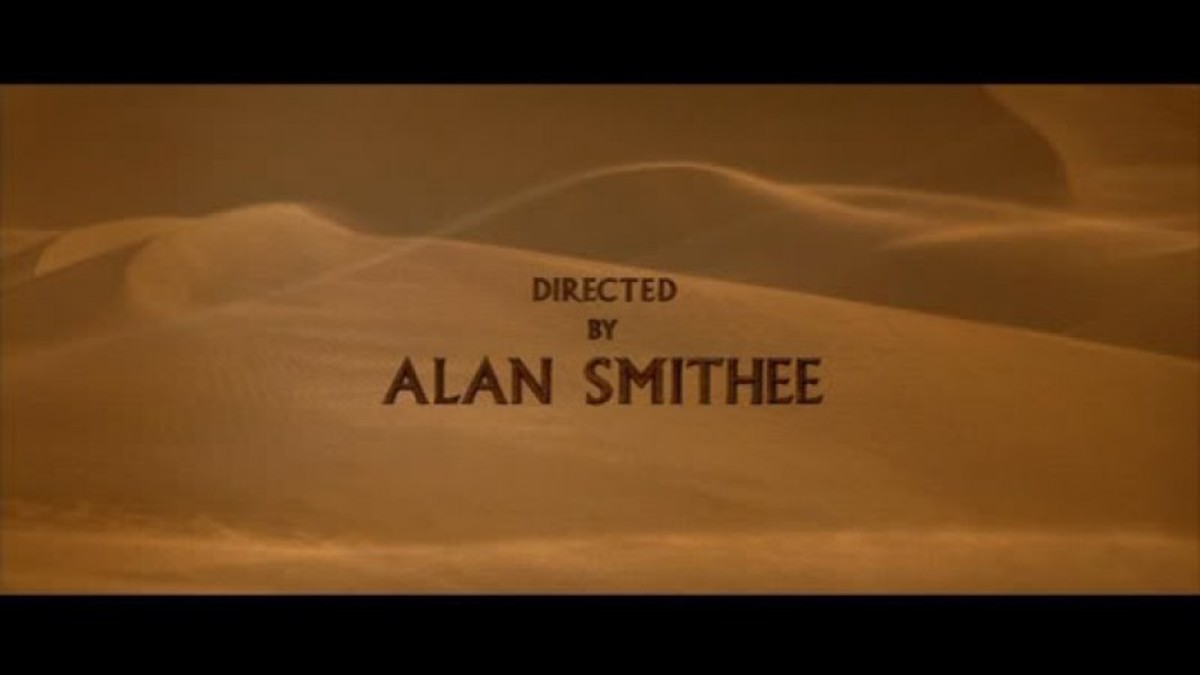
Alan Smithee
Donald Kaufman
In the film Adaptation, Nicholas Cage portrayed Donald Kaufman, the brother of the film version of filmmaker Charlie Kaufman. Anyone who watches the film becomes convinced that he is real, but it turns out that Donald Kaufman doesn’t really exist and is a character that was created by Charlie for the movie.

Donald Kaufman
Jim Crow
Jim Crow is a theater character that was developed by Thomas D. Rice, who would perform in blackface as the character. The stage persona eventually led its name to negative stereotypes of black people. Later, “Jim Crow” segregation laws came into effect until Lyndon Johnson signed the Civil Rights act. Jim Crow was never an actual person.
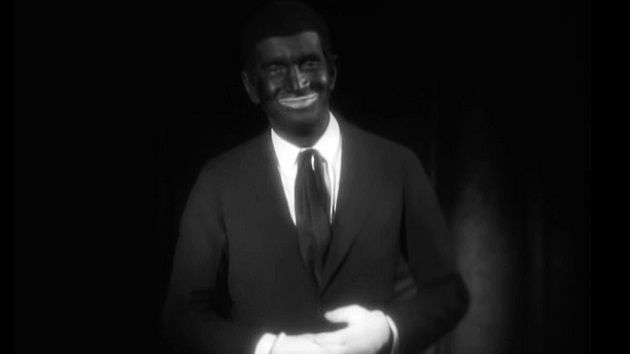
Jim Crow
John Doe and Jane Doe
John Doe is the multiple-use name given to a male person whose true name is unknown or is being concealed. Jane Doe is used for females. These names don’t refer to a historical person named John Doe but was rather chosen as it satisfied the technical requirements of jurisdiction. There are folk etymologies for the name but nobody knows the rationale behind the names.

John Doe And Jane Doe
Betty Crocker
Betty Crocker is a fictional character created by the brand of the same name to use in advertising campaigns. The portrait of Betty Crocker was commissioned in 1936 and was used on product packaging. However, she was never a real person. The name Betty was chosen as it was seen as a cheery, All-American name.
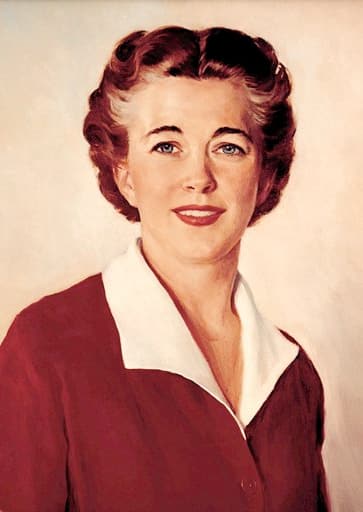
Betty Crocker
Alfred Bulltop Stormalong
Alfred Bulltop Stormalong was a folk hero and subject of Massachusetts based nautical tall tales. The name first showed up in sea shanties and later appeared in the 1930 book Here’s Audacity! by Frank Shay. Although he was the subject of many songs and stories, it’s not believed that he was a real person.
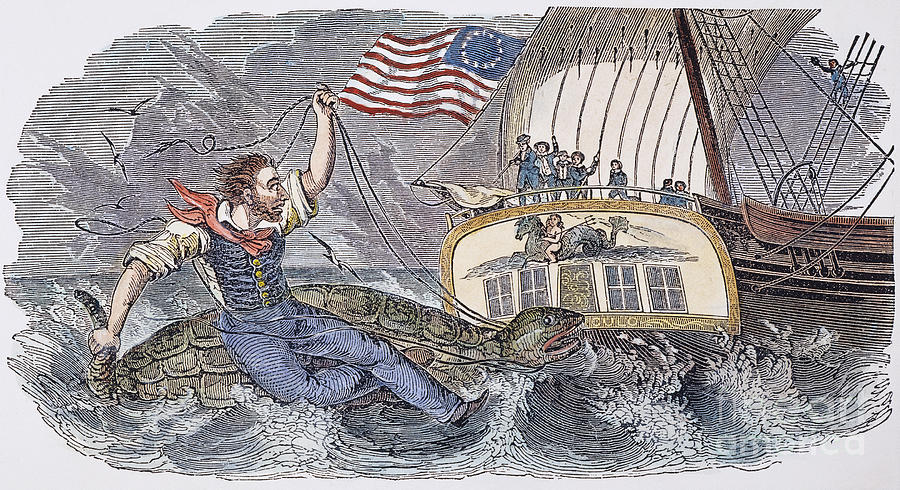
Alfred Bulltop Stormalong
James S.A. Corey
James S.A. Corey is the pen name used by writers Daniel Abraham and Ty Frank, who collaborated and wrote the science fiction series The Expanse. The pen name was created by using the authors’ middle names, and S.A. are the initials of Abraham’s daughter. The name is also meant to give the feel of space opera writers of the 1970s.

James S.A. Corey
Jack Dawson
While the events of the Titanic were certainly real, not everything that was shown in the 1997 Titanic movie was based on reality. Jack Dawson was not a real person but a fictional character, however at the Fairview Cemetery where 121 victims are buried there is a grave labeled J. Dawson. The real J. Dawson was named Joseph and was a trimmer in the engine room of the ship. Amazingly, it wasn’t until after the film was filmed that the crew realized this coincidence.

Jack Dawson
Sherlock Holmes
Sherlock Holmes is such a beloved character that has been a staple of literature, TV shows, and films that many believe he was a real person. Even though he wasn’t, Arthur Conan Doyle, the writer who created the character, did base him on real-life surgeon Joseph Bell, who was known for drawing broad conclusions from very small details, just like Holmes.
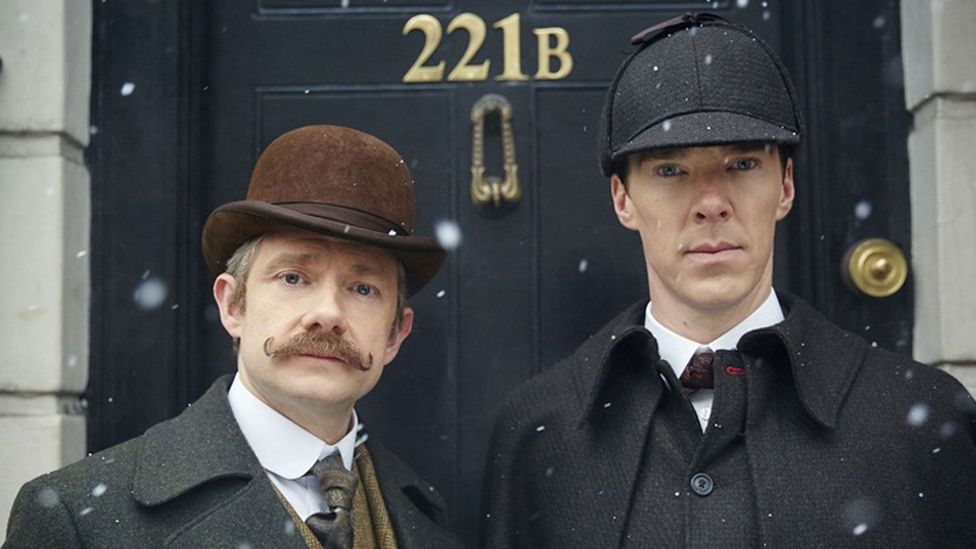
Sherlock Holmes
Zorro
Similar to Sherlock Holmes, Zorro is such a beloved character that many people think he was a real person. Zorro is a fictional character who is usually portrayed as a charming vigilante who defends the common and indigenous people of California against tyrants. It is believed that he was inspired by Joaquin Murrieta, who was called the Robin Hood of the West.
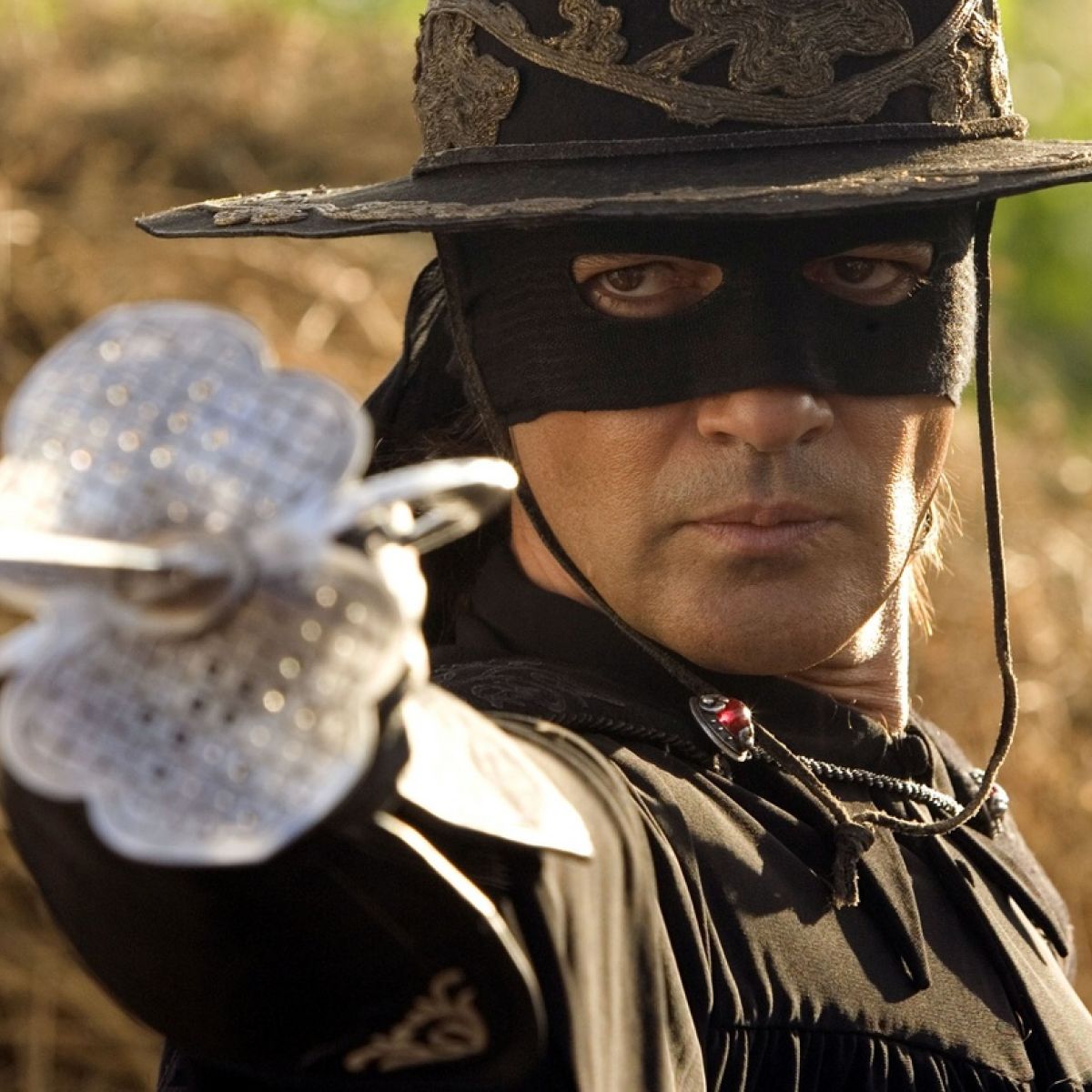
Zorro
Ichabod Crane
Ichabod Crane is the protagonist of The Legend of Sleepy Hollow short story by Washington Irving. While a lot of people think that he really existed, he is merely a fictional character. Johnny Depp played crane in the 1999 Tim Burton film adaptation.

Ichabod Crane
Lonelygirl15
Lonelygirl15 was the name of a popular YouTube channel that seemed to document the everyday life of 15 year old Bree. However, it turned out that Bree was a fictional character portrayed by 19 year old actress Jessica Rose. Fans were not very pleased to hear about that.

Lonelygirl15
Ann Taylor
Ann Taylor is one of the most popular clothing brands out there, which has led many to ask, who is Ann Taylor? Funnily enough, there is no actual Ann Taylor and the company was founded by a man named Richard Liebeskind. The name came from the model name of a best-selling dress from Liebeskind’s father’s clothing store.

Ann Taylor
Uncle Ben
The image of the elderly African American man on boxes of Uncle Ben’s rice is said to have been inspired by a Chicago maitre d’hotel called Frank Brown. However, there was never an uncle Ben who was involved with the company. In 2020, Mars. Inc, which owns the brand, changed the name to Ben’s Original and is removing the image of the man from the logo.

Uncle Ben
Juan Valdez
Juan Valdez is a fictional character that is often associated with the National Federation of Coffee Growers of Colombia as he appeared in advertisements since 1958. His mule Conchita usually makes an appearance as well, carrying sacks of coffee beans. However, he is not based on a real person.

Juan Valdez
Piotr Zak
On June 5th, 1961, BBC Third Programme played a composition called Mobile for Tape and Percussion that was supposedly written by a Polish composer named Piotr Zak and played by Claude Tessier and Anton Schmidt. However, it turned out it was a hoax concocted by BBC producers Hans Keller and Susan Bradshaw, who said: “It was a serious hoax to set people thinking that fake music can be indistinguishable from the genuine.”

Piotr Zak
JT LeRoy
JT LeRoy is a literary persona that was created by writer Laura Albert. LeRoy was presented as the author of three fiction books that were supposed to be semi-autobiographical. Albert’s sister in law Savannah Knoop pretended to be LeRoy in public. The works attracted a lot of literary and celebrity attention even after it was discovered that the whole thing was made up. Knoop published a memoir called Girl Boy Girl: How I Became JT LeRoy about the experience.

JT LeRoy
Mavis Beacon
In 1987, typing teaching software Mavis Beacon Teaches Typing was released and became quite popular. It was assumed that the woman on the cover was Mavis Beacon, but it turned out that the woman on the cover was of Caribbean born model Renee L’Esperance.
Mavis Beacon
Nat Tate
Scottish author William Boyd released a novel in 1998 called Nat Tate: An American Artist 1928-1960. It was written in the style of a biography, but it turned out in the end that Tate was completely made up by Boyd. It was said that Tate was ” an abstract expressionist who destroyed 99% of his work and leapt to his death from the Staten Island Ferry.” The hoax was meant to poke fun at the fact that critics are so unwilling to admit that they’ve never heard of an artist.

Nat Tate
Aunt Jemima
The Aunt Jemima character featured on the brand’s products was based on the enslaved “Mammy” stereotype. Aunt Jemima first appeared in minstrel and vaudeville shows. In 2020, following years of controversy surrounding the logo, the company removed the logo and also renamed the brand to Pearl Milling Company.

Aunt Jemima
Allegra Coleman
Supermodel and actress Allegra Coleman was featured on the cover of Esquire magazine in 1996 and was called “Hollywood’s next dream girl.” Agents quickly scrambled to find her to book her for jobs, but there was one problem: she wasn’t real. The whole thing was a hoax by the author of the article, Martha Sherrill. The woman posing as Coleman on the cover was Ali Larter, who ended up landing many gigs after the stunt.
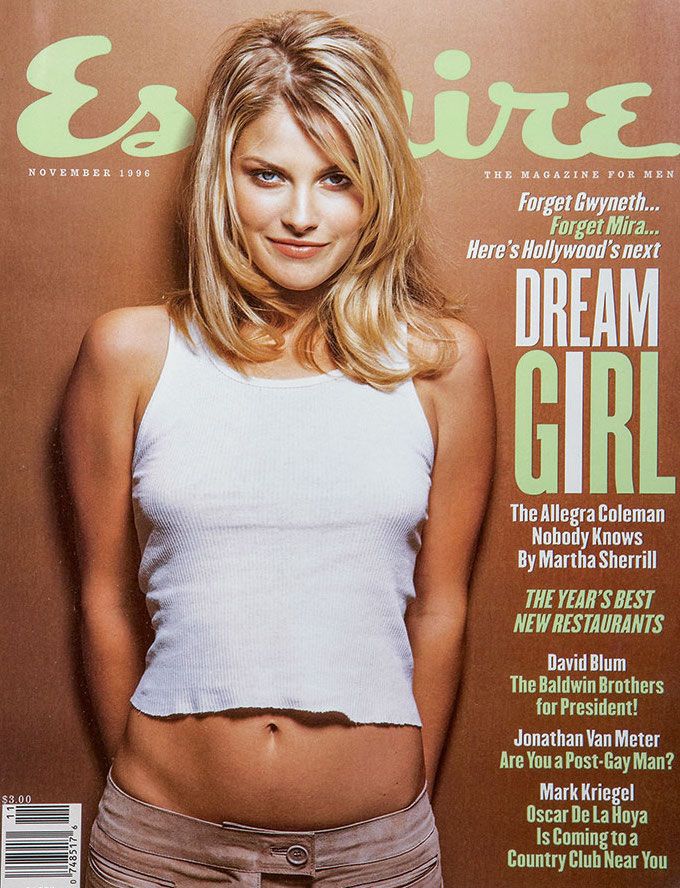
Allegra Coleman
Aimi Eguchi
Fans of Japanese pop group AKB48 were thrilled when they welcomed new member Aimi Eguchi. However, they were stunned to find out that Eguchi was actually a computer simulated amalgamation of the “best” features of each of the group’s real members.

Aimi Eguchi
Franklin W. Dixon
Edward Stratemeyer was also behind the pseudonym Franklin W. Dixon, who is credited for writing the Hardy Boys series. In reality, a series of writers anonymously wrote the books under the pen name. The series was successful and its popularity has remained for about 9 decades.
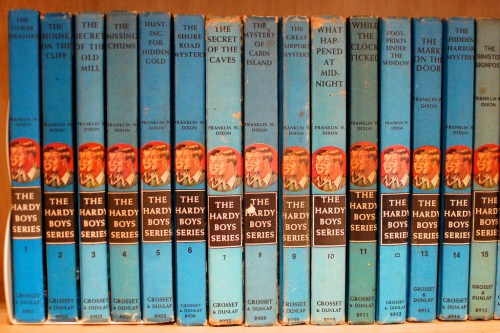
Franklin W. Dixon
Tokyo Rose
Tokyo Rose was the name that allied troops gave the English-speaking group of female radio broadcasters spreading Japanese propaganda during World War II. They earned a very negative reputation for their efforts in trying to demoralize troops. Iva Toguri, one of the members, was actually arrested for hate speech. However, a person named Tokyo Rose never existed.
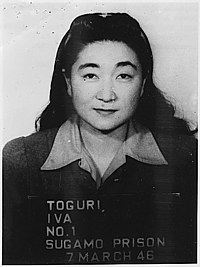
Tokyo Rose
Otto Titzling
Though it would have been a wonderful coincidence, the rumors that a man named Otto Titzling invented the brassiere are in fact false. This was so widely believed that even the makers of Trivial Pursuit fell for the hoax. The character, who was made up, was featured in the 1971 book Bust Up: The Uplifting Tale of Otto Titzling.
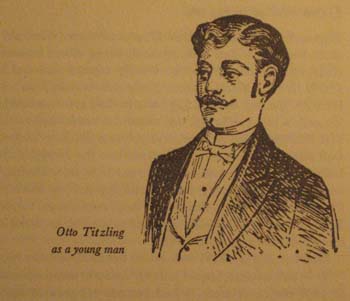
Otto Titzling
Pierre Brassau
In 1964, journalist Åke “Dacke” Axelsson tried to prove that art critics could not tell the difference between avant garde art and work created by a chimp. So he invented an artist named Pierre Brassau, who became hailed by critics, only to find out that he was a monkey.
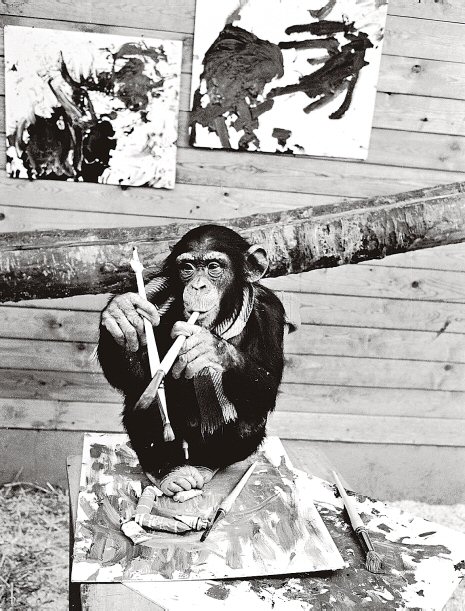
Pierre Brassau
Pope Joan
While it would be nice to have had a prominent female pope, the fact of the matter is, even though many believed she existed, Pope Joan was not a real person and has been debunked by modern day scholars.
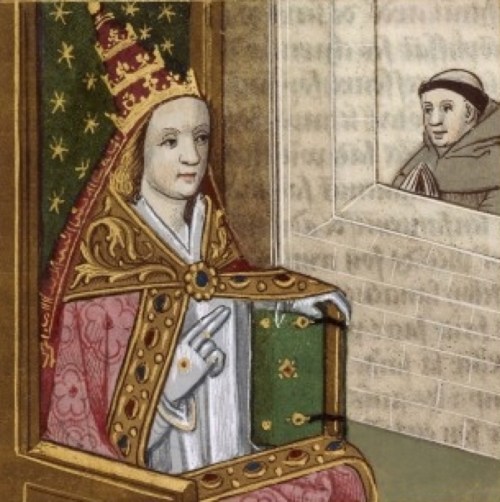
Pope Joan
George P. Burdell
George P. Burdell was a fictional student who was technically enrolled at Georgia Tech in 1927. He was create by William Edgar “Ed” Smith. Burdell allegedly earned all the undergraduate degrees available at GT, had served in the military, gotten married, and more. He even led the 2001 Time Person of the Year Award. However, he is not real.

George P. Burdell
Taro Tsujimoto
Hailed as “the pride of Tokyo,” Taro Tsujimoto was a fictional draft pick that was “chosen” for the Buffalo Sabres in 1974. He was invented by their then-general manager Punch Imlach who was tired of the overly tedious draft process. The pick was widely reported on the news before it was revealed to be a hoax.

Taro Tsujimoto
John Barron
During the 1980’s, when reporters called the Trump Organization, they were directed to Donald Trump’s official spokesman, John Barron, who would be quoted in several print stories about the Trump family. It was revealed years later that there was no John Barron and it was Donald Trump himself, who admitted that he was his own official spokesperson and that nobody had noticed.

John Barron
Kaycee Nicole Swenson
Kaycee Nicole Swenson was one of the first internet-famous people during the early 2000s. For two years, she was open on her blog about her struggle with leukemia, which captivated readers. It was reported that she passed away in 2001, but after fans started looking into the story, they realized it was all fabricated by bored housewife Debbie Swenson, who was very much alive and was pretending to be Kaycee’s grieving mother.

Kaycee Nicole Swenson
The Marlboro Man
While many believed that the Marlboro Man was an actual person, he was actually just a marketing invention created by the company. Interestingly enough, four of the actors who portrayed the Marlboro Man actually died of smoking related diseases since the ads were on air in the 1950’s.

The Marlboro Man
Mingering Mike
Mingering Mike was a very prolific funk and soul musicians that was active i nthe 1960’s. However, it turned out that he never actually existed and was created by Mike Smith, a teenager based in Washington DC who created many album covers but not any actual records.
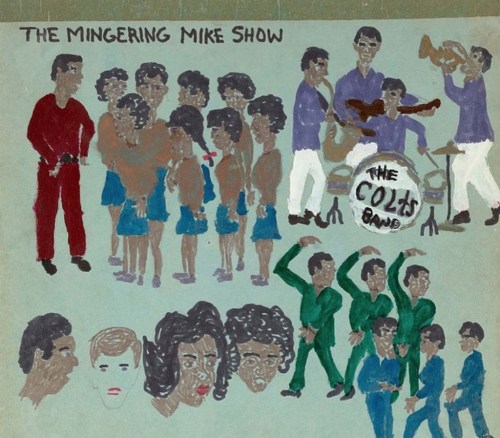
Mingering Mike
David Manning
David Manning was a fictitious movie critic who gave glowing reviews of films like A Knight’s Tale and The Animal. However, the critic was an invention of Sony marketing director Matthew Cramer, who got in trouble for giving positive reviews to these films, which led many people to go see the movies and were very disappointed.
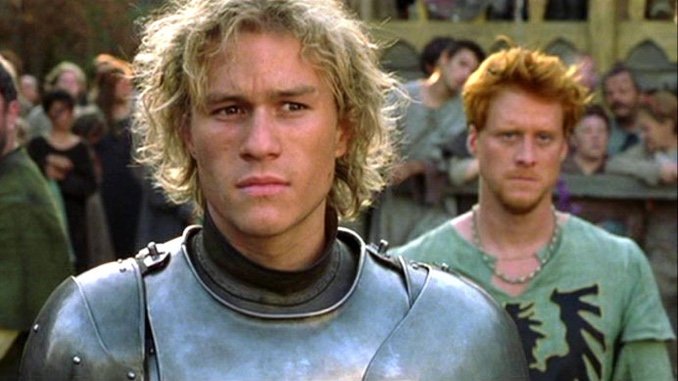
David Manning
Sally Ann Thunder Ann Whirlwind
Sally Ann Thunder Ann Whirlwind was a feminist folk hero and allegedly the wife of Davy Crockett. However, the fact is that she never existed and is merely an American folk legend.
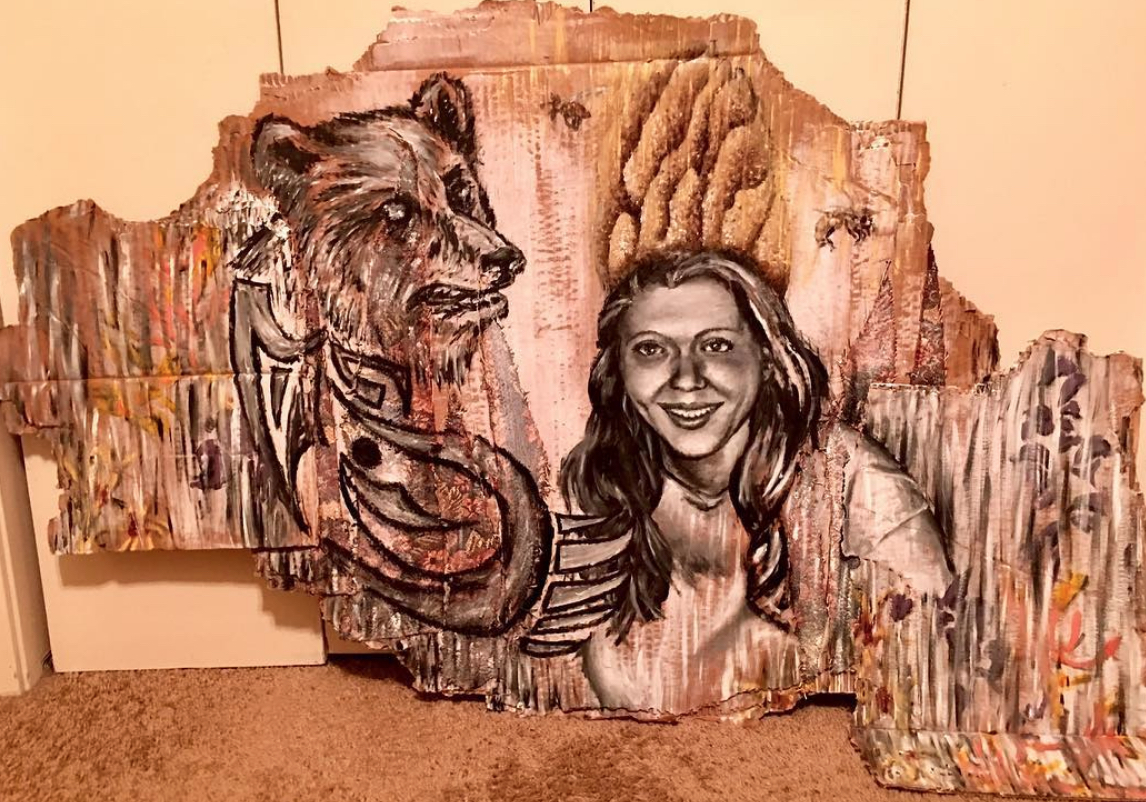
Sally Ann Thunder Ann Whirlwind
Pecos Bill
Pecos Bill is yet another American folk hero that many were disappointed to hear never actually existed. However, it’s not so hard to believe that he’s made up, as he was known for riding a tornado, a feat that is definitely not possible.
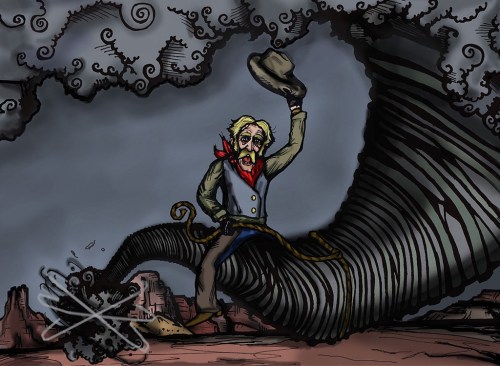
Pecos Bill
Spinal Tap
Spinal Tap were a parody heavy metal band created by comedians Michael McKean, Christopher Guest, Harry Shearer and Rob Reiner in order to satirize popular bands of the late 70’s. People ended up thinking that they were a real band, but they were always fictitious. However, they created real songs that were performed by the trio.

Spinal Tap
Sybil Ludington
Sybil Ludington was said to have been a 16 year old who rode to warn the American militia that the British army were coming during the Revolutionary War. However, she never actually existed and the story was debunked by the Daughters of the American Revolution.
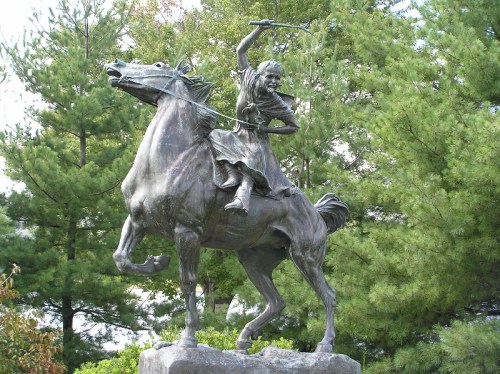
Sybil Ludington
Tony Clifton
Tony Clifton was allegedly a disgruntled Las Vegas lounge singer that would insult audience members and who rose to prominence during the 1980’s. However, he was not actually a real person. He was portrayed by actor Andy Kaufman, but the character was kept alive even after Kaufman passed away in 1984.
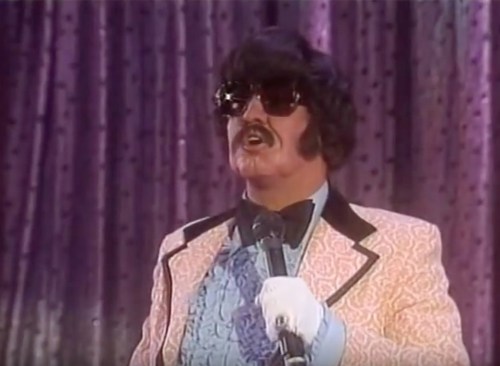
Tony Clifton
Rosie the Riveter
Rosie the Riveter is a cultural icon, but unfortunately she was never actually real. The woman in the famous image was created by J. Howard Miller and it is said she was inspired by gun factory worker Veronica Foster, who was known as “Ronnie, the Bren Gun Girl” and was also used on propaganda posters during WWII.
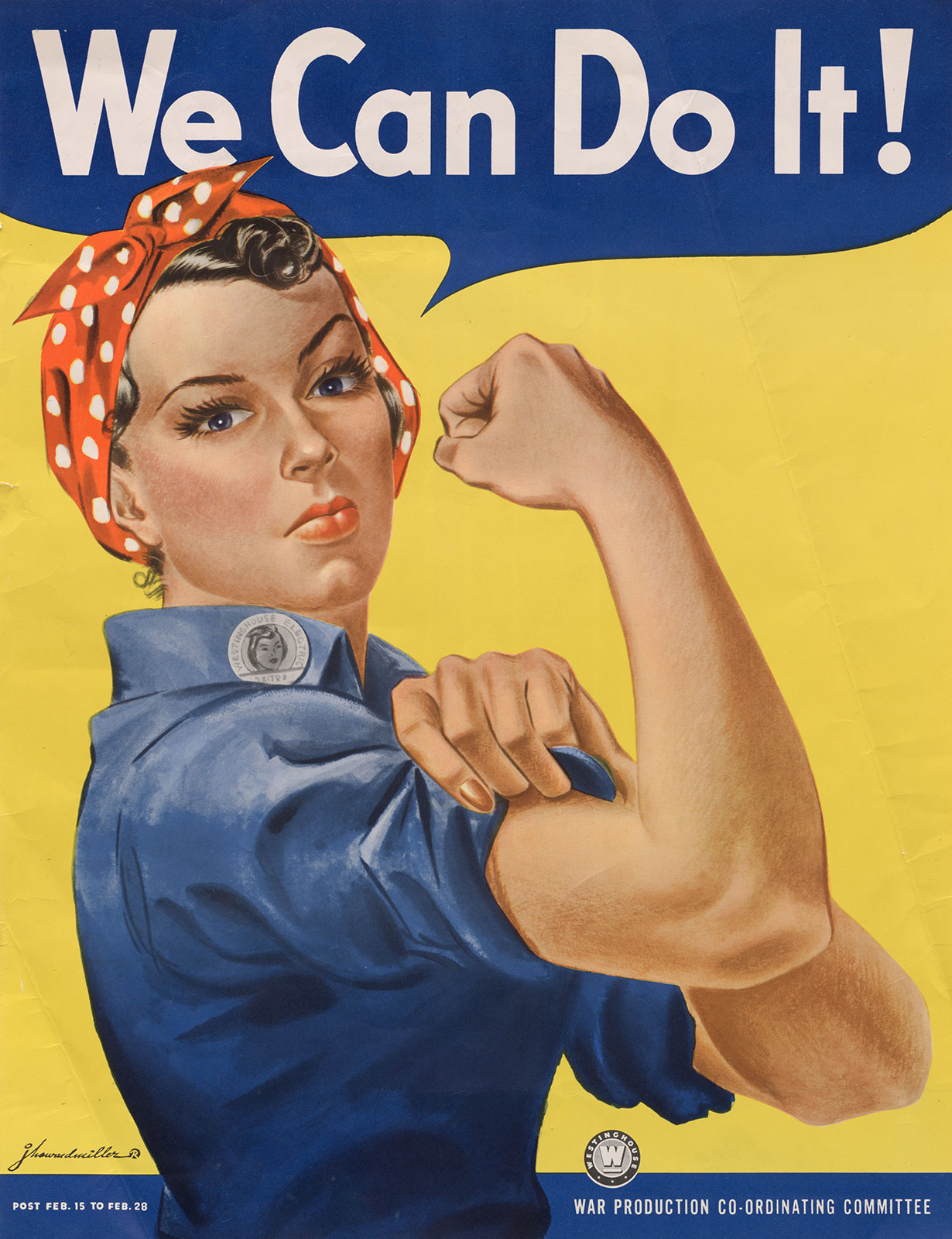
Rosie The Riveter
Alfred E. Neuman
Mad Magazine‘s mascot Alfred E. Neuman never actually existed. The gap toothed redhead was not a journalist but seemingly a riff on early cartoons, some of which date back all the way to the 1800s.
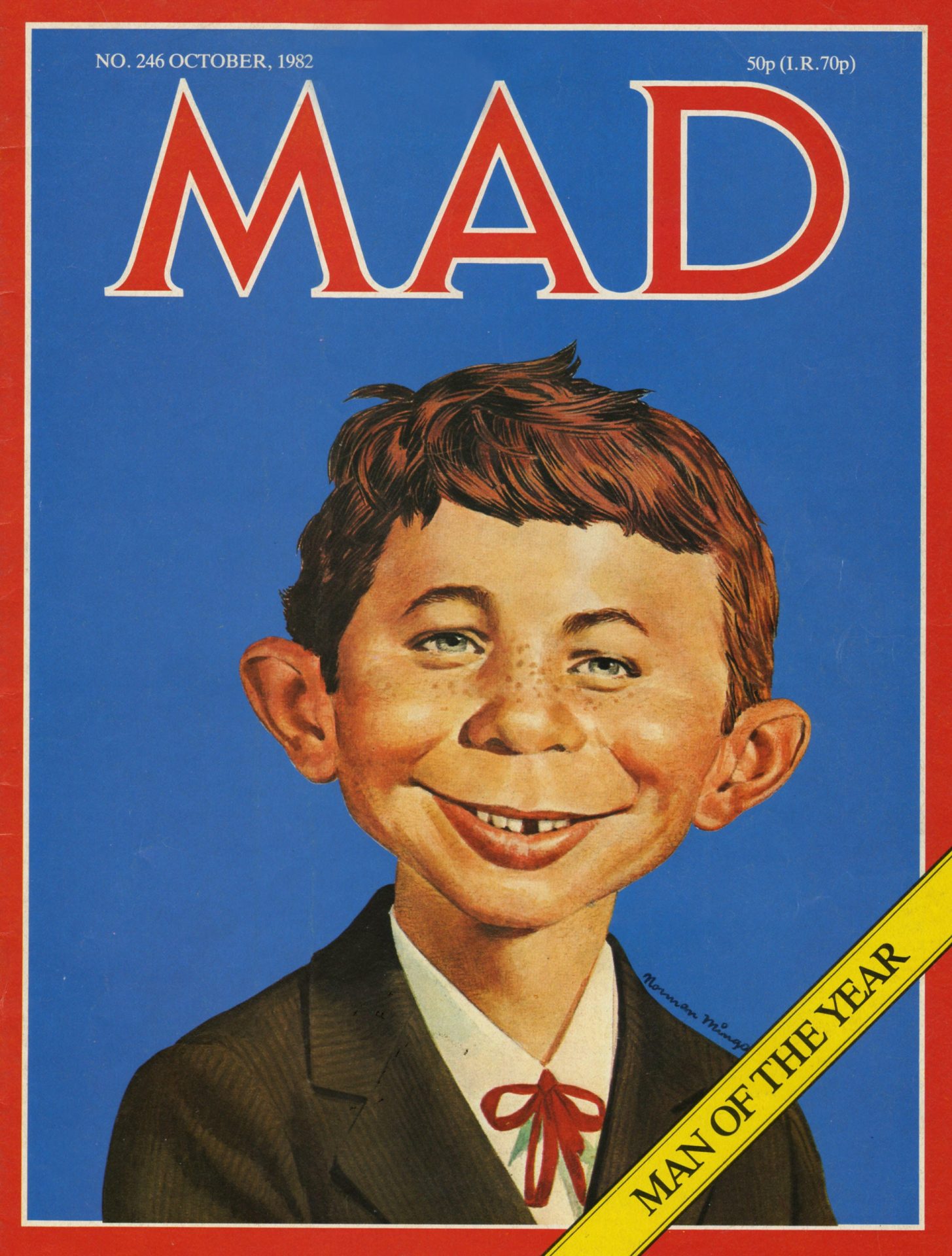
Alfred E. Neuman
Lennay Kekua
New Orleans Saints linebacker Manti Te’o believed he was in a long distance relationship with Lennary Kekua, a woman he had never actually met who supposedly died of leukemia in 2012. It turned out that an acquaintance of his, Ronaiah Tuiasosopo, was catfishing him and duped Te’o into believing she was real. He had used an old classmates photograph to dupe Te’o.

Lennay Kekua


